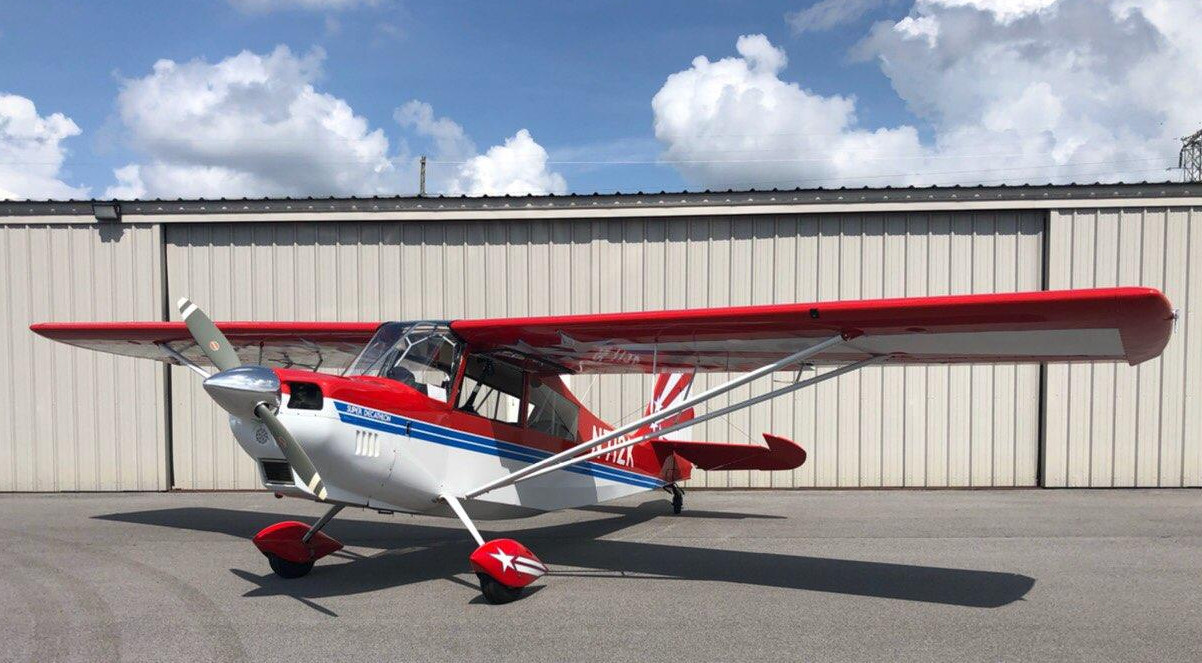After a pilot earns their private certificate, many start to wonder "what next?". One of the ways to expand a pilot’s horizon is to explore the world of tailwheel aircraft. Given that today virtually everyone trains in tricycle gear aircraft the tailwheel is now viewed as somewhat "exotic". It isn’t.
For those wanting more information, you can find it in the tailwheel syllabus page.
Why should someone even care to learn to fly those "old style airplanes"? There are perfectly good reasons, in my opinion. The first and foremost is that doing so develops skills. The ACS defines minimum standards (which is proper, as someone has to identify the minimums). However, it is my hope that newly minted private pilots will desire to rise above mere minimum standards. It is my hope that those of you reading this page are in that group, and want to be the better pilot. Flying taildraggers is one way to further develop your skills.
Another reason is that if you never master taildraggers you’ll never end up with the a J-5 Cub, or P-51 Mustang, or Cessna C-120, or Van’s RV-7 in your logbook. You’ll never get to log a graceful landing on grass in a Stearman. You’ll never get to log time in an North American SNJ, or any of the many other WW-II tailwheel warbirds. Those experiences will be closed to you.
You can think of this as a next stage in your flight training, focused on stick and rudder skills. Learning to fly a tailwheel further enhances the skills which are associated with the basic physical handling of the aircraft. For anyone who want to truly master the art of flying getting a tailwheel endorsement is much desired accomplishment.
Training will be performed in a 1978 Bellanca/ACA 8KCAB Super Decathlon, N712K (shown above). This aircraft was fully restored in 2011, and has a 180HP Lycoming AEIO-360 engine with a Hartzell constant speed prop. The aircraft is equipped with fully inverted fuel and oil, and is capable of sustained inverted flight. For all that, it is a forgiving aircraft to fly.
What will it cost to get your tailwheel endorsement? The answer is, it depends. While nobody likes that answer, the reason this that everyone will pick up the skills at a different rate. For most people anywhere between 5 to 10 hours will be required to get the endorsement. What does this add up to in dollars? Look at my tailwheel and spin pricing page for details.
Are you interested? Or at least curious? Only a small percentage of pilots ever make the decision to get a tailwheel endorsement. Become one of that elite group. Write me today at dfrye@planez.co and let me add you to my waiting list.
Beyond tailwheel flying, there are other avenues that can be explored. Have you ever been curious about spins? I was. Ever wondered what it took to fly aerobatics? I did. You don’t even have to have your tailwheel endorsement to explore those areas, though without it you’ll just be a passenger during takeoffs and landings. So consider those paths you can follow to enhance your skills and experience even more. (Soon there will be additional pages on this website discussing those options.)
